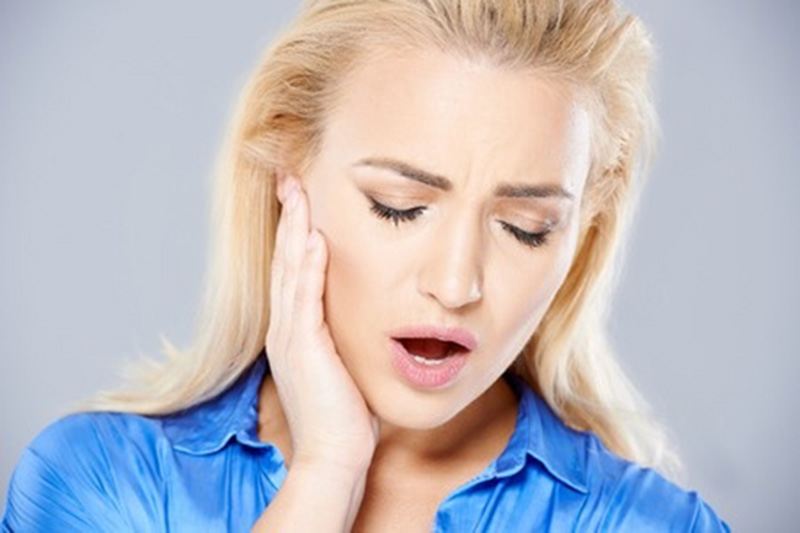Welcome back to Hartwell Dentistry’s discussion on jaw and bite disease.
In this blog we will be outlining common signs and symptoms of TMD [Temporomanibular Dysfunction]
What are common TMD signs and symptoms?
-
Headache, facial and neck pain:
Referred pain from muscle tension in the head and neck cause this type of pain. Pain is often made worse while opening and closing the jaw when eating, yawning or talking. Most people also complain about their headaches especially in the morning after a sleep. Discomfort can radiate across the forehead into the eyes, down the side and back of the head, across the face, cheek and lower jaw down into the neck area. Tightness, stiffness and pressure points within the muscles in these areas are common.
- Pain and sounds in the jaw joint [TMJ]: Grinding, crunching, clicking, or popping sounds from the joint in front of the ear are commonly experienced. These sounds may or may not be accompanied by increased pain. Studies have shown that up to 40% of people over 30 years of age have these joint sounds. It is when these are either getting worse or cause pain that we need to help.
- Difficulty eating: Especially hard, fibrous or tough foods. Also opening wide to bite into an apple or baguette can be extremely awkward. Patients often mention not being able to open as wide as normal, feeling stiff in the jaw or even their jaw locking.
- Problems finding a comfortable bite: Patients often mention that they find it difficult getting their teeth and jaws to meet in harmony. They feel that they don’t have one true bite and that their teeth are wearing or breaking down.
- Referred pain to teeth, cheeks and sinus: Patients often mention diffuse pain on teeth when chewing, as well as sinus or cheek areas but show no sign of disease of these structures.
- Ear pain: Patients can also complain about ear pain and do not have signs of ear infection. The ear pain is usually described as being in front of or below the ear. Often, patients can mistake this for an ear infection. Because ear pain occurs so commonly, ear specialists are frequently called on to make the diagnosis of TMD.
- Ringing in the ear: Patients with a TMD can also experience noise or ringing in the ears (tinnitus). Of those patients, half will have resolution of their tinnitus after successful treatment.
All of these signs and symptoms affect the quality of life, enjoyment of food and comfort of millions of people around the world.
But what causes all these problems?
Hartwell Dentistry will discuss this in our next blog

